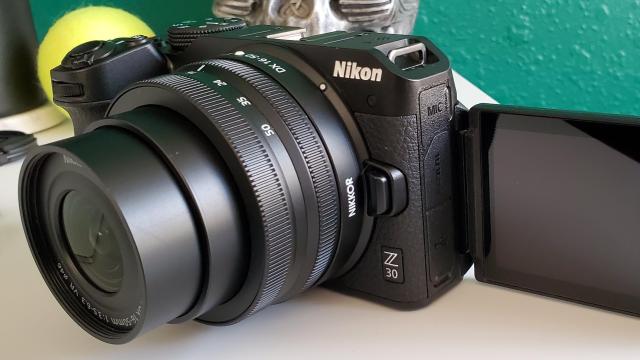If you’re shopping for a digital camera, sensor size is one of the first things you’ll hear about. Chances are you’ve seen terms like “crop sensor,” “full frame,” and “micro four-thirds” thrown around, but what do those terms actually mean? And is camera sensor size actually important?
How Your Digital Camera Sensor Works
A digital camera’s sensor collects light and converts that light into an image. It’s a small square positioned inside the camera body behind where the lens is attached, and is made up of tiny photoreceptors. Those receptors are called “photosites,” and they collect photons of light, which are later transformed into the pixels that make up an image.
Those pixels are the smallest measurable unit of an image that can be shown on a screen, so they’re used to measure sensor resolution. A megapixel is one million pixels, so a sensor with a 24.6 megapixel resolution is capable of creating an image made up of around 24.6 million pixels.
The photosites in a camera sensor also have filters allowing them to collect red, green, or blue light depending on the filter. Those colours are then put together to create the larger image, similar to a printer combining coloured inks to create a printed photo.
In a digital single lens reflex (DSLR) camera, the sensor is positioned behind the mirror assembly, which flips out of the way to let light coming through the lens hit the sensor. In mirrorless cameras, the sensor is in the same place, but there’s no mirror assembly.
Is Camera Sensor Size Actually Important?
The short answer: yes. The larger the sensor, the more photoreceptors it has and the more light it can collect. More light hitting the sensor means more data goes into the image, increasing the detail and resolution of your photo.
That’s why a crop sensor (also known as an APS-C sensor) camera won’t give you an image with quite the same quality as a full frame camera — even if the megapixel count is the same.
And image quality isn’t the only thing sensor size affects. It also impacts:
- Image depth of field (how much of the image is in focus/background blur)
- Angle of view (cropped sensor cameras literally crop the image for a narrower view)
- Low-light performance (smaller sensor sizes can create more digital noise in low light)
- Size of camera and lenses (APS-C and smaller camera bodies/lenses are smaller)
There are some very high-performing APS-C cameras on the market today, and the difference between APS-C and full frame was more obvious early on, but it still exists.
The extra data you get from larger sensors like full frame or medium format also gives you extra room to edit your RAW image files later on. It’s easier to salvage dark shadows, for example, because there’s more data in those blacked-out areas.
What Does Crop Factor Mean?
The smaller the sensor, the less of the projected image it will be able to pick up when light hits it through your camera’s lens. A full frame sensor will be able to “see” the entire scene, but an APS-C sensor will only be able to see a portion of the same scene.
It’s similar to two people looking at the same thing through two different sized windows, one larger and one smaller — the person looking through the smaller window has a “cropped in” view and can’t quite see the whole thing.
A sensor’s crop factor tells you how much of the scene it lets you see. The smaller the sensor, the more of a crop you’ll get, as the available image gathering area gets smaller. Since an APS-C sensor is about 1.3 times smaller than a full frame sensor, for example, your field of view is cropped in by a factor of 1.3 and any lens you attach is going to take on that crop. A 50mm lens designed for a full frame camera attached to a crop sensor camera would actually show you a roughly 65mm field of view, because 50mm x 1.3 = 65.
Camera Sensor Sizes Compared
Different sensor sizes have different purposes, and can be useful for different types of photography or videography. A DSLR with an APS-C sensor, for example, is often considered a beginner camera due to the smaller sensor size and body. They’re cheaper to make, and thus cheaper to buy. They operate a lot like a full-frame camera without as many features, which makes them perfect to learn on.
The same goes for other sensor sizes. You’ll want to choose what makes the most sense for you — if you’re just picking up a camera for the first time, it wouldn’t make sense to drop thousands on a medium-format sensor when an APS-C would be everything you need for a couple years.
Let’s start with the smallest sensor size and work up.
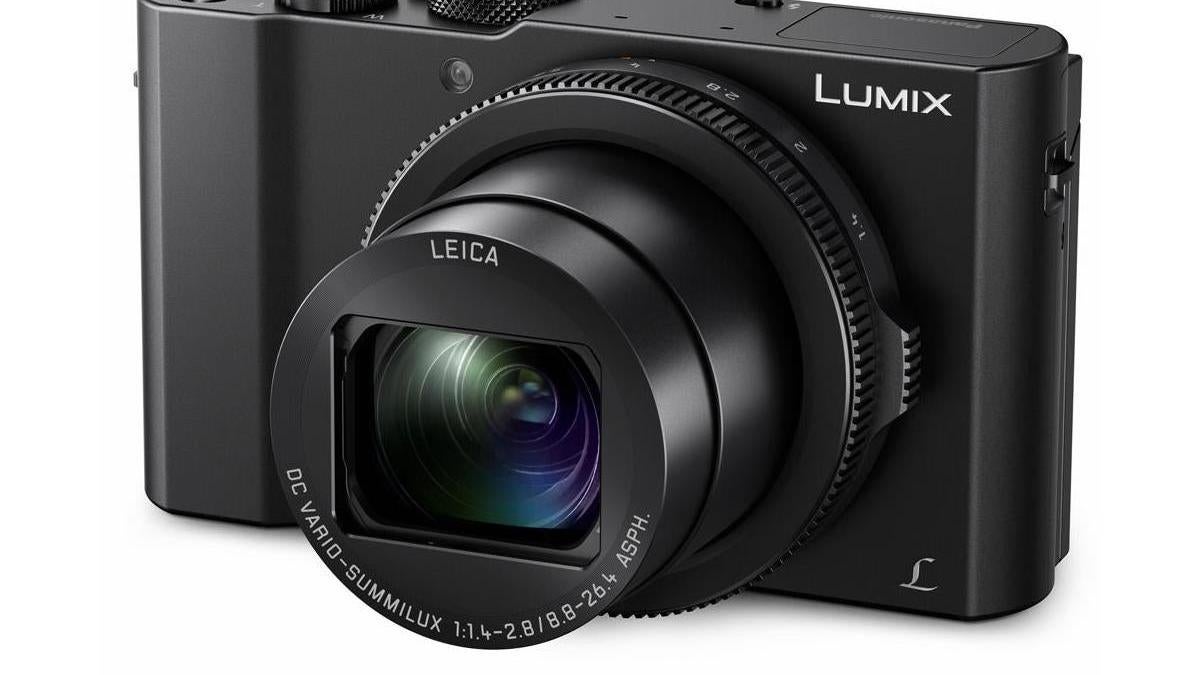
1” And Smaller Sensors
This is the sensor you’ll find in most smartphones, as well as “point and shoot” digital cameras without interchangeable lenses like Sony’s Cybershot line. There are some higher-end cameras in this sensor size bracket that still get pretty good image quality, like the Panasonic Lumix DMC-LX10. These are pretty much enthusiast level cameras not meant for pro work, but can be great walking-around cameras for travel. Technically mirrorless cameras, they have a 2.7X crop factor.
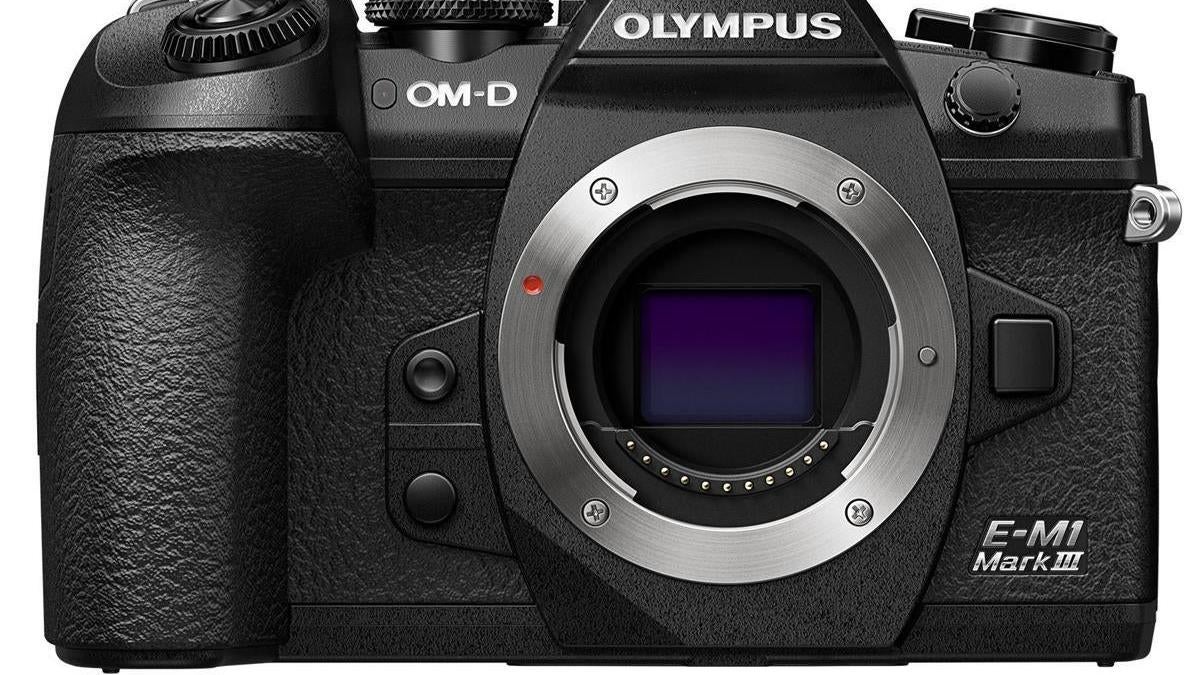
Four-Thirds/Micro Four-Thirds Sensors
Panasonic and Olympus created the micro four-thirds system, which is roughly one sixth the size of full frame and about 30-40% smaller than an APS-C sensor. These sensors have a 2X crop factor and these cameras are compact mirrorless interchangeable lens cameras. They get the name “micro four-thirds” because they use a 4:3 aspect ratio for the images they take.
Despite their small size, micro four-thirds sensors can turn out some pretty great imagery, especially ones made recently. Cameras like the Olympus OM-D E-M1 Mark II and Blackmagic Design Pocket Cinema Camera use micro four-thirds sensors.
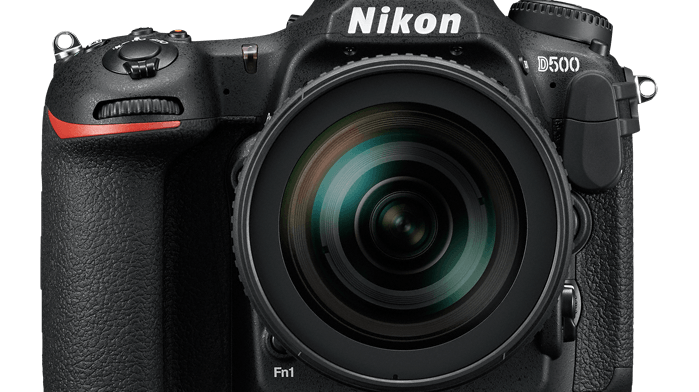
APS-C/Crop Sensor
Another versatile category, APS-C sensors are found in everything from beginner DSLRs like Canon’s Rebel line to fast-action shooters like Nikon’s D500. Different manufacturers have slightly different sizes of APS-C sensor — Sony and Canon differ by a few millimetres, for example. Higher-end APS-C sensors can be used for pro work.
There are two different types of crop sensor: APS-C and APS-H. “APS” stands for “active pixel sensor,” and these sensors usually have about a 1.3X crop factor.
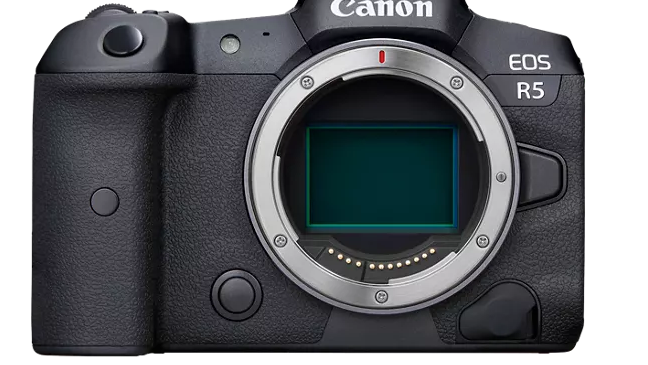
Full Frame Sensor
Full frame sensors are what you’ll mainly see in pro-level cameras, and they vary widely. You’ll see entry level models like the Canon 6D all the way up to super high resolution cameras like the Canon R5 or Sony A1.
Full frame sensors get their name from being about the same size as a frame of 35mm film — about 36mm by 24mm. They have no crop factor and provide a field of view exactly equivalent to the lens you have attached to the camera. For example, a 50mm lens will show a 50mm field of view, a 35mm will show a wider view, and so on.
Many people start with APS-C cameras and upgrade to full frame once they’ve learned the ropes, though that isn’t strictly necessary.
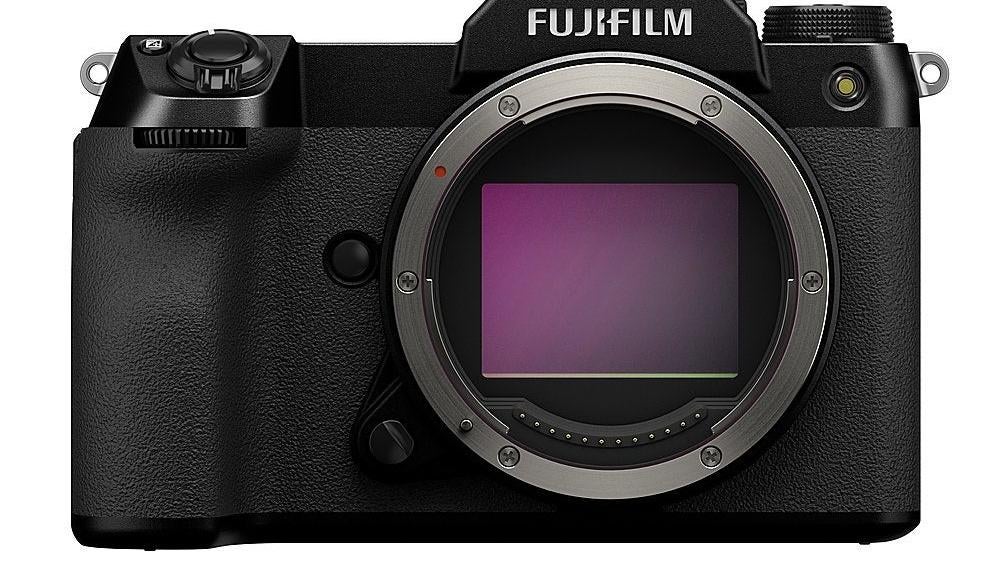
Medium Format
Based around the idea of larger medium format film frames, medium format camera sensors are even larger than full frame and specifically designed to capture very high levels of detail. The Fuji GFX 100S, for example, has over 100 megapixels of resolution. As such, they’re mostly used by photographers looking to capture super detailed imagery like landscapes or high-quality studio portraits.
Since they’re more specialised, these cameras are often expensive. They’re also larger in size, so not especially suited to taking around all day or shooting in a high action setting — though mirrorless models like Hassleblad’s X1D II are more compact.
So What Size Sensor Should You Get?
That depends on what you’re going to shoot. If you want to save money and just have something to take halfway decent pictures with, an APS-C or micro four thirds camera would probably suit you just fine. If you’re looking to get into more serious professional photography, a full frame camera is worth considering.
Consider your goals as a photographer, weigh the pros and cons of each, and decide on the tool that’s best for you. That’s the one you’ll be the happiest with, not necessarily the one that’s got the most hype behind it.
